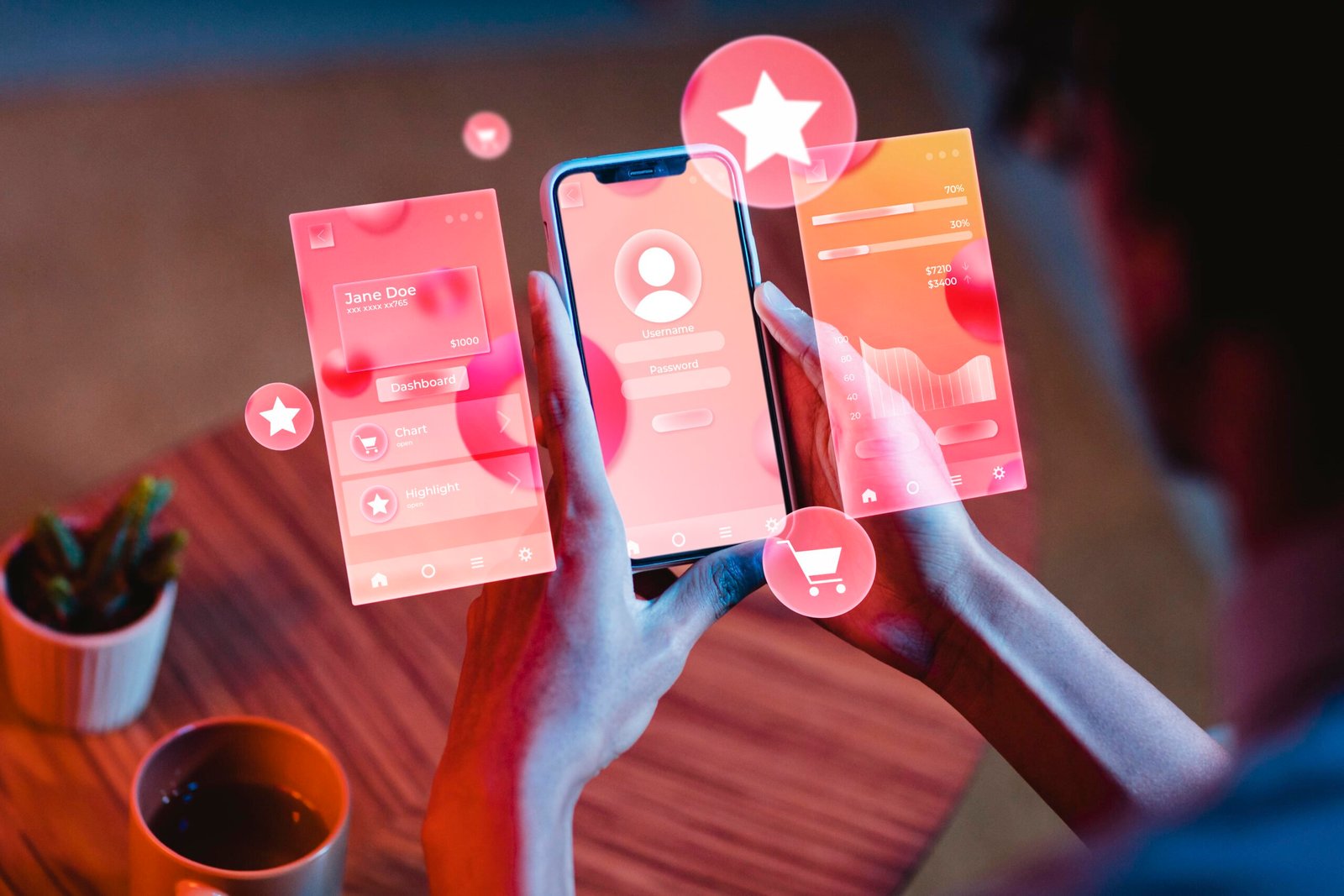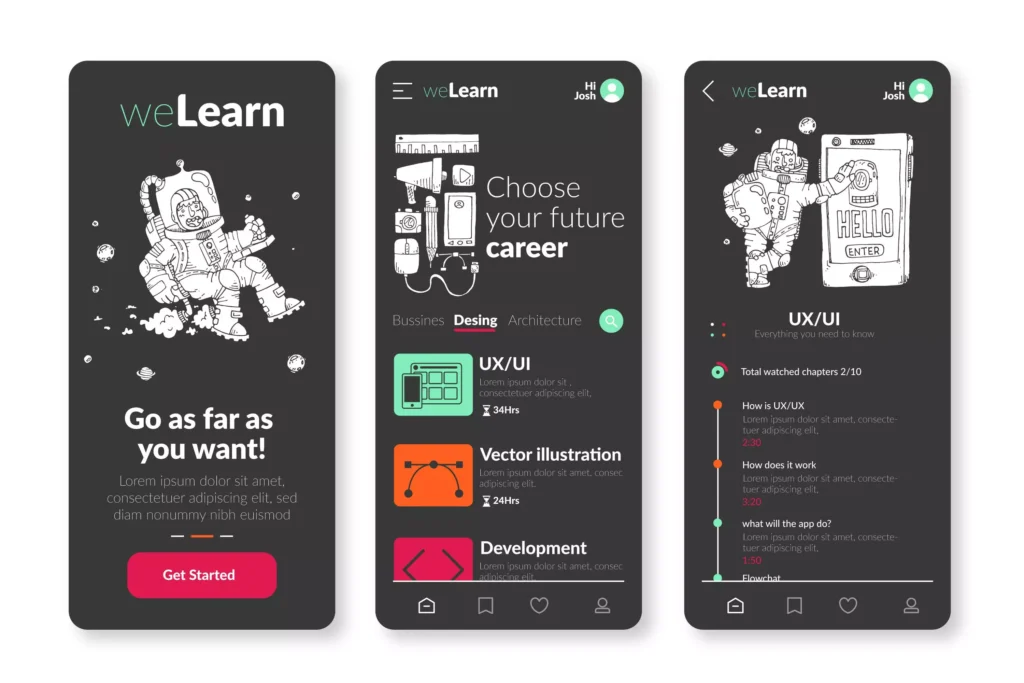
If you are about to ask for or are already waiting for quotes for the development of a new app and want to understand what to evaluate, you are in the right place: in this article we want to tell you what cannot be missing from an app quote , what not to underestimate and what is right to delve deeper into.
✅ We are all used to asking for quotes from professionals for free and we all agree that it is convenient this way. This does not mean that the professional activity of making a quote is worthless, on the contrary! It is a touchpoint with a potential customer where a company communicates its way of approaching projects, its working method , its peculiarities to be evaluated in comparison with other companies.
If, however, you randomly ended up on this web page and were looking for where to ask us for a quote for an app, write to us by tapping the button below 👇🏻
What’s in an app quote
Here are some key elements you might find in an app development quote:
- Requirements Analysis : The quote should include a detailed description of the app requirements. This could include specific features, integrations with other systems, target platforms (iOS, Android, or both) and whether the app will be designed only for smartphones or will have a way of use also designed for tablets.
This point is used to understand if whoever prepared the estimate understood your needs, if he described the functions as you have them in mind and to allow you to understand if something fundamental is missing or if there is a need to delve deeper into some aspect.
In Software Engineering terms, features are the functional requirements of the app. What is not easily definable are the non-functional requirements but which are equally important and are the reliability of the app, the usability or ease of use, the security and confidentiality of data and transactions, performance, performance efficiency. - User interface (UI) and user experience (UX) design : If your company does not have an internal design department or if you prefer to be supported by the design team of those who develop the app in order to benefit from the know-how specific, the app quote must specify the activities and expected effort for designing the user interface and user experience. This is especially important to ensure an easy-to-use and attractive app.
- Software Development : This is the main part of the quote and should include the cost for the actual development of the app. It could be divided into development phases or if you have requested features that you want to evaluate whether to do or not they should each be exposed with an associated cost. Usually carrying out multiple activities together costs slightly less than doing them separately, but be careful not to risk making the first releases of the app too heavy and prolonging the beta testing phase, it is better to aim for an MVP as much as possible.
- Testing : Testing is an important and critical step in the app development cycle. The app development quote should include an estimate of the time and costs associated with quality control and testing of the application. If it is not specified in the estimate, be very careful because it could be a hidden cost to pay attention to.
- Delivery times and deadlines : The proposal should include expected timescales and deadlines which also highlight the prerequisites necessary for each phase of the project. This will give you an idea of the overall time plan for the app development so as to also organize the marketing activities related to the app launch.
- Post-launch support and maintenance : It is important to understand how your business will be supported once the app is ready to go live to address any bugs or issues that may emerge after the app is released. In the app quote you should find how this service is offered and what the Service Level Agreement is, at least on the timing of intervention and problem resolution.
- Foreseeable additional costs : If the application uses third-party technologies or libraries that require licenses or royalties, these costs may be indicated in the quote. Also take into account how your app will be published: if it is published on the Apple AppStore and Google PlayStore there are (minimum) costs for the publishing account.
- Terms and conditions : Read the terms and conditions of the quote carefully. These may include aspects such as intellectual property, data privacy, project referenceability and other contractual agreements. An important aspect concerns the source code of the apps: the fact that the quote includes the transfer of the source code of the apps at the same time as the release of the same allows you not to remain forcibly tied to the company that develops the app but to possibly choose other suppliers in the future.
- Payment methods : Payment details, such as the initial amount, interim payments and final balance, should be clearly defined in the quote.

Some details to pay attention to in an app development quote
They are certainly not of primary importance but there are some aspects that are worth looking into so as not to have disappointments or hidden costs that you didn’t think you would have.
❌ Oh yes, it’s still a list of points 😆 (it seems too ChatGPT-style or engineering notes) , but what can you do, it’s easier for you to read and more convenient to give you clear and usable tools when faced with a pile of quotes to evaluate.
- Minimum versions of operating systems : it is important to decide together with the developer what the minimum versions of the operating systems on which the app will be distributed are.
The distribution of the Android and iOS versions differs (and greatly) based on the target audience of your app and from year to year the percentage of users who adopt changes the most recent versions; however, perhaps for the scenario of your app it could be important to support older versions and therefore it is better to know if you will incur other costs. - Corrective and adaptive maintenance : speaking of assistance and maintenance, it is a good idea to find out whether the service provided includes corrective maintenance – i.e. the resolution of bugs due to errors in the code – or whether adaptive maintenance is also offered – i.e. the resolution of problems due to the change of everything external to the app, such as a new version of the iOS or Android operating system, the deprecation of third-party APIs (for example social networks, a map system, etc.)
- Proposal for ongoing collaboration : it may be useful to evaluate whether your company may need an ongoing collaboration plan that goes beyond simple assistance and can help grow the “app project”; for example, they can serve to monitor user comments and reviews on the stores, or predict the development team’s availability to make more or less small continuous evolutions based on the initial functionality.
What to consider besides the costs of building the app
As I have already explained in the article Recipe for a successful app, in addition to the app estimate, the costs to be expected are linked to the growth of the app ( growth ) in terms of acquisition of new users and the involvement of existing users ( engagement ).
These activities strongly depend on the business model in which your app fits and its monetization; It may seem like a cliché and too generic, but it is perhaps the most important phrase to consider: the app must necessarily fit into your company’s business model to be sustainable and of value for your market.

